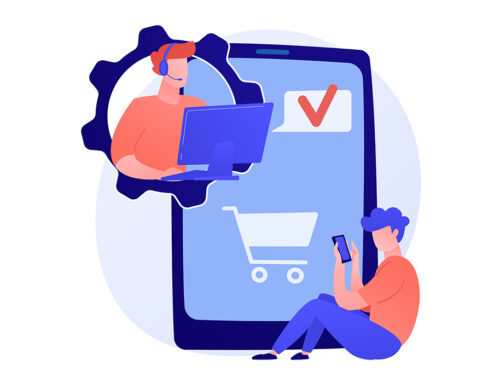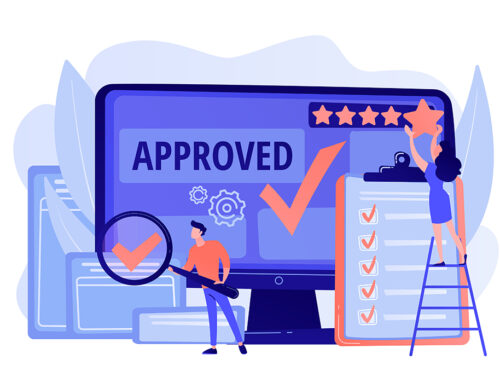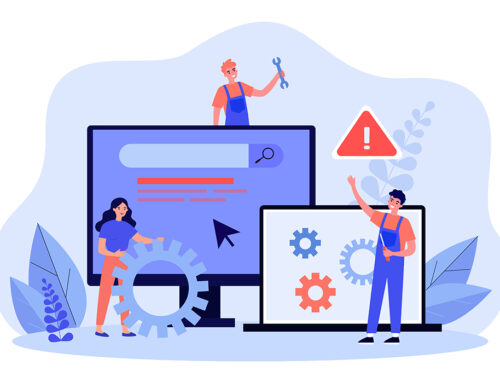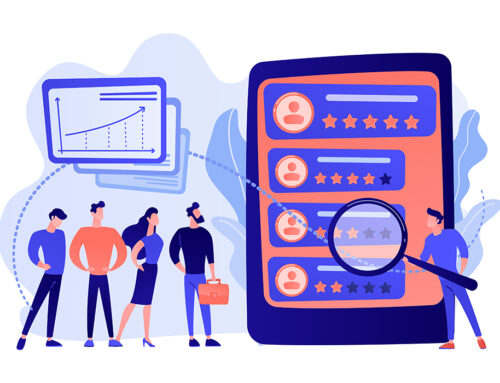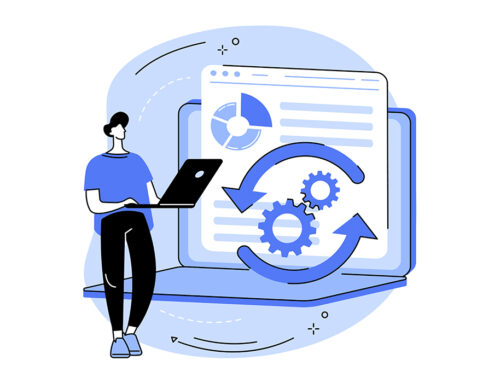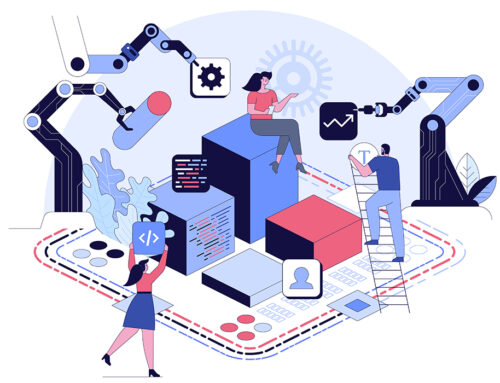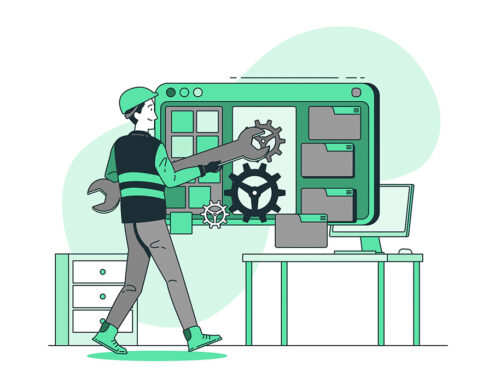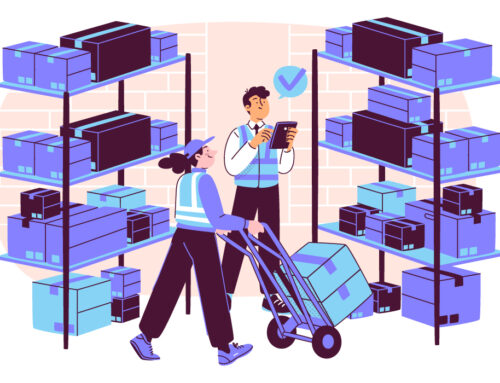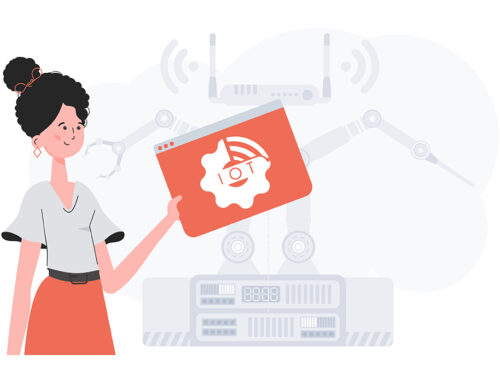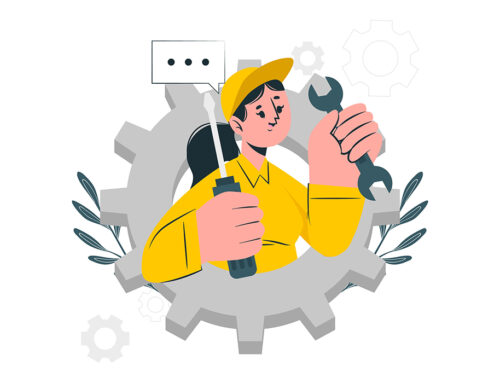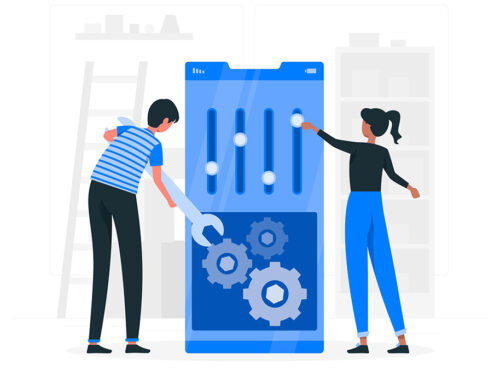Aftermarket services are undergoing a quiet revolution, moving beyond break/fix firefighting towards structured, subscription-based models that deliver real customer value. Discover how leading companies are futureproofing their aftermarket offerings – and why the shift from reactive to proactive service is redefining the industry’s future.
Author Kris Oldland | Copperberg

Photo: Freepik
A few years back, at a Copperberg Aftermarket event, I remember one service VP quipping bluntly, “Aftermarket? It’s just triage with a coffee addiction.” It got a laugh – and a few winces as well, because he wasn’t wrong.
For decades, aftermarket service was built around waiting for something to fail, then rushing to fix it. Fast, yes. Sustainable, not so much.
Today, though? Everything’s shifting. Aftermarket leaders aren’t just fighting fires anymore – they’re building subscription models, packaging offerings, and creating structured service products customers actually want to buy. It’s a quiet revolution- and it’s happening fast.
Structuring Service-as-a-Product: More Than Just a Rebrand
Claire Rychlewski, Chief Revenue Officer at Syncron, doesn’t sugarcoat it: the transition from reactive to structured, productized service demands real operational and cultural change.
“The shift from reactive support to structured, productized service offerings is a significant transformation currently shaping the aftermarket sector,” Rychlewski comments.
She stresses that to succeed, companies must move away from “one-off, event-driven service responses” and focus on “proactive, data-driven, and customer-centric ongoing support.”
That shift isn’t just about new SLAs—it’s about reshaping how service is built. “A key enabler of this shift is the development of modular service packages, aligned to the different stages of the customer journey,” Rychlewski explains.
These packages weave in guaranteed uptime, real-time parts availability, remote diagnostics, and they’re increasingly structured around outcome-based SLAs or subscription agreements that lock in predictability on both sides.
Behind the scenes, it’s technology that makes this model viable.
“Central to this transformation is the implementation of an advanced Service Lifecycle Management (SLM) platform,” she adds, highlighting how connecting functions like inventory, pricing, and warranty under one AI-powered system is critical.
The reward? Delivering measurable customer value—and setting the foundation for recurring, predictable revenue streams.
Why Standardizing Services Isn’t a Straight Jacket
Some worry that standardized service offerings could limit flexibility.
Not so, says Rychlewski. “Standardizing service offerings delivers substantial advantages across three strategic dimensions: operational excellence, customer experience, and scalability,” she notes.
Operationally, consistent packages streamline resource planning and inventory management. For customers, clearly defined service levels simplify decisions and build trust. And when it comes to scaling into new regions or markets? Standardized offerings act as a launchpad, not a constraint.
Of course, she’s realistic. Every customer and market still has nuances. True success comes from using standardization as a base framework, while staying agile enough to localize and adapt when needed.
Subscription-Based Services: A Game of Trust and Timing
Building on the foundation of structured service, subscription-based models are rapidly gaining ground—and for good reason.
Claire points out that subscription and tiered service models are helping companies move “from transactional relationships to long-term value partnerships—anchored in performance, availability, and ultimately customer satisfaction”.
Customers who subscribe aren’t just paying for service; they’re buying peace of mind. And companies benefit from revenue that’s not only more predictable but also deeper, as satisfied customers are far more likely to renew and expand.
Still, Claire acknowledges, this shift isn’t always easy. Some customers, conditioned by decades of reactive service models, need time (and trust) to fully embrace proactive subscriptions. Companies that lead with proof points, outcome guarantees, and transparent engagement are the ones pulling ahead.
As one VP put it to me recently: “You can’t shove service tiers down their throats. You have to make them feel like they’re buying peace of mind, not just paperwork.” Wise words.
No Shift Without Some Friction
Like any major shift, the journey to structured service isn’t frictionless.
Internally, organizations must dismantle the old “break/fix” mindset – no small feat for teams who’ve lived in a reactive world for years. Technologically, not every company has a sophisticated SLM platform to orchestrate modular service at scale.
Externally, education is key. Claire’s earlier point about aligning expectations resonates here. Without clear, proactive communication, even the best-designed service packages can land flat with skeptical customers.
There’s no shortcut. Transformation demands patience, wise investment, and a willingness to navigate both the messy middle and the occasional misstep.
But those who stay the course? They’re already seeing the payoff: longer customer lifecycles, smoother revenue curves, and aftermarket teams that finally claim their place as growth drivers, not cost sinks.
So the core question is: Are you ready to stop putting out fires – and start lighting the way forward?
About Copperberg AB
Founded in 2009, Copperberg AB is a European leader in industrial thought leadership, creating platforms where manufacturers and service leaders share best practices, insights, and strategies for transformation. With a strong focus on servitization, customer value, sustainability, and business innovation across mainly aftermarket, field service, spare parts, pricing, and B2B e-commerce, Copperberg delivers research, executive events, and digital content that inspire action and measurable business impact.
Copperberg engages a community reach of 50,000+ executives across the European service, aftermarket, and manufacturing ecosystem — making it the most influential industrial leadership network in the region.

